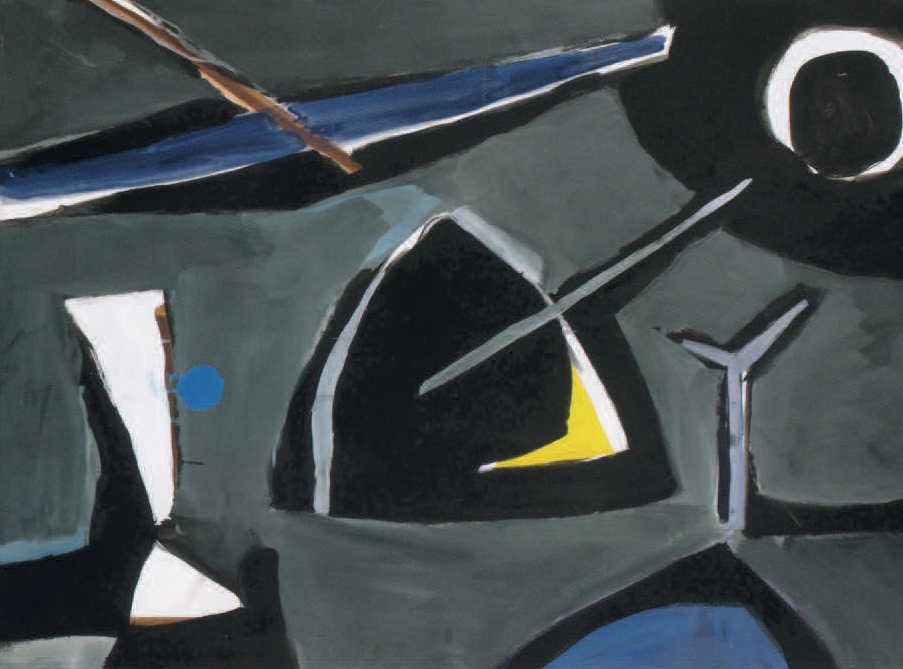
Présentation de la 1ère rétrospective en France d’une collection d’oeuvres d’art de Jacques NESTLE.
Juriste de formation, Danielle MOOS, qui a toujours eu la peinture pour passion, a eu la chance de découvrir cet artiste-peintre injustement méconnu, Jacques NESTLE, dont la vie a été scandée par l’histoire tragique du siècle précédent : le nazisme, la guerre, l’antisémitisme, les persécutions et l’exil.
Danielle MOOS a mobilisé toute son énergie pour faire connaître cet artiste, depuis près de 20 ans.
Elle fut la première, dès 2008, à sortir l’œuvre de l’ombre entretenue par l’artiste lui-même qui, dans une de ses déclarations, exprimait : « Ni peintre ni artiste, je suis simplement un homme qui peint. »
Elle a ainsi organisé de superbes expositions à Deauville, à la Mairie du XVIe arrondissement de Paris, Saint-Pétersbourg, et a produit un court film en 2012 (diffusé sur YouTube) pour mieux le présenter au public amateur d’art.
Après plusieurs années de recherches intenses en France et en Allemagne, Danielle MOOS a pu mettre à jour d’importantes informations sur la vie de Jacques NESTLÉ, notamment sur sa période Berlinoise de 1925 à 1933.
Elle a ainsi découvert des œuvres d’avant-guerre produites sous son nom d’origine, et a rencontré sa famille allemande, permettant la révélation d’informations précises et véridiques qui contrecarrent l’ignorance et les erreurs de tout ce qui se trouve sur les sites actuels mentionnant NESTLE.
Ses recherches l’amenèrent également au Musée de Sarrebruck où quelques œuvres de Jacques NESTLÉ, considérées comme dégénérées, furent sauvées de la purge nazie et y sont conservées.
Accompagnée par le Professeur Andreas BAYER, Directeur de l’Institut pour l’Art Actuel de Sarrelouis (IAK), Danielle MOOS a pu mettre en place à la fin de l’année 2025, une superbe exposition-rétrospective, avec des peintures inédites de Jacques NESTLÉ.
Il faut voir cette fabuleuse exposition encore intimiste, et s’y immerger pour mieux comprendre l’intérêt de Matisse, lequel en observant les peintures et dessins de NESTLÉ, lui avait offert un soutien et une inspiration durables, ou encore celui de Daniel Kahnweiler qui avait exprimé l’ambition de promouvoir son œuvre en l’exposant au coté de PICASSO.
On peut s’étonner ou se lamenter que ces merveilles soient restées si longtemps dans l’ombre de son atelier et que Jacques NESTLE n’ait pas eu le succès qu’il méritait.
Pour mieux comprendre cet homme, on retiendra ce qu’il disait de la peinture ; « L'artiste ne peut revendiquer la propriété spirituelle de son œuvre », ajoutant : « Le génie est le moment où l'œuvre se manifeste dans un instant de création. Et il est là, de tous les temps, présents et futurs. »

View Some of the Highlights of the Danielle Moos Collection Below






















